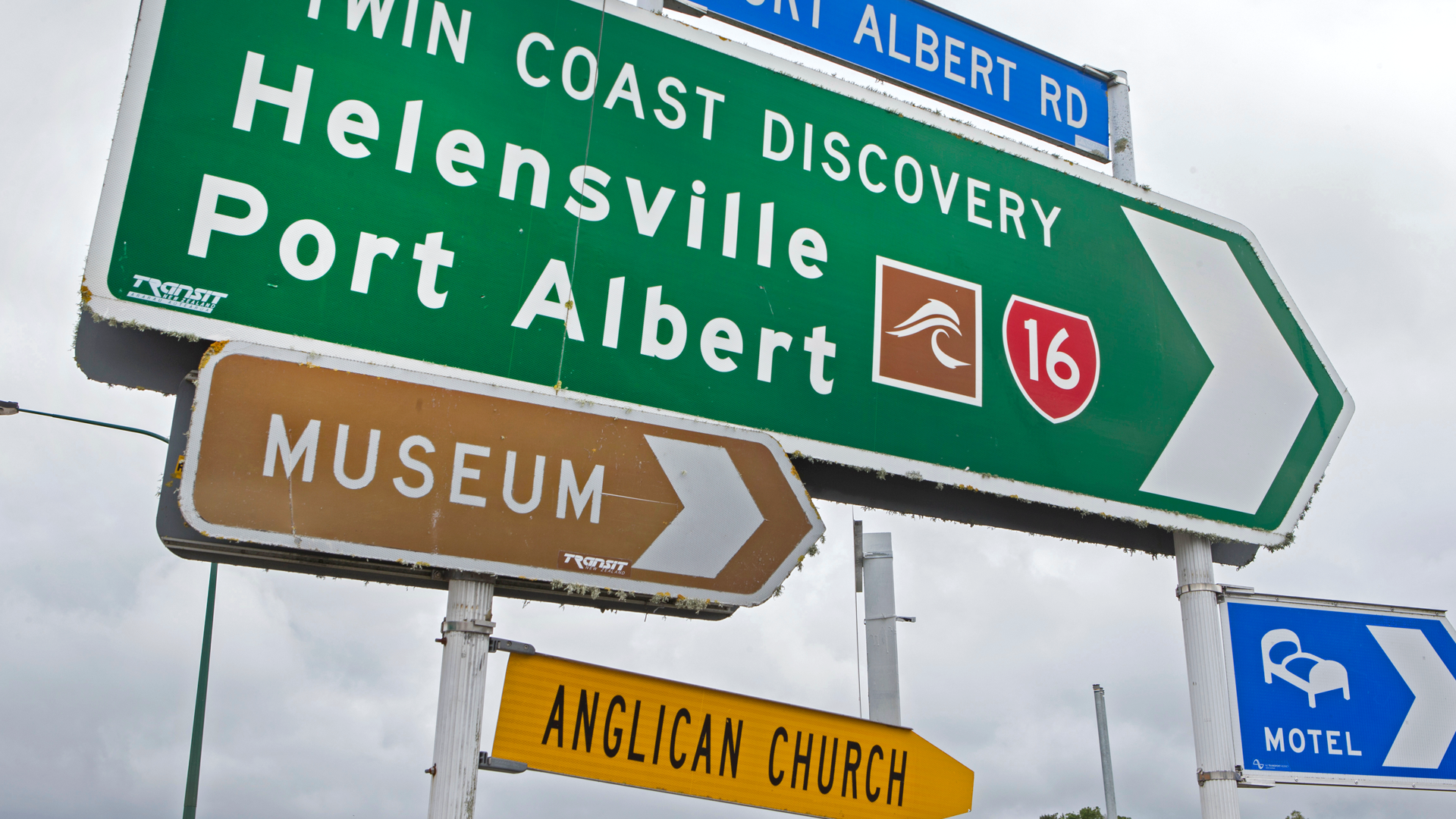IA process
We start by getting to know your business well. We review your organisation’s existing drivers, strategies, research, documentation, and brand guidelines. We hold workshops with you to develop a shared understanding and agree on plans of what we’re going to structure.
The IA process is where we bring our knowledge and your understanding together to create a structure that works.

Collaboration
We continue to work closely with you during the project to make sure our work continues to meet your needs as they evolve. And once we’ve developed a draft IA and site map, we test it extensively with users and review it with you.
We work closely with communications teams, writers and other specialist co-vendors as needed.
Our expertise
Audit and review
If we've been asked to redevelop an existing website, we carry out IA, analytics and content audits and reviews so we understand our starting point.
We work closely with subject matter experts to identify duplicate or dated content and to explore where new content may be developed.
Modellng
We use modeling techniques to map task pathways, processes, roles and permissions within a system. We can integrate actual user journeys with modelled information to highlight factors that impact the human experience. Models can make the project visible to the wider organisation, or make a clear case for change to stakeholders.
Card sorting, tree testing and site mapping
We use a shortlist of the most important user tasks, which we’ve confirmed with you, to guide card sort participants in sorting, grouping and labelling the information before them. We take a similar approach to tree testing, which we use to review an existing product structure or validate a new draft structure. We then work with you to create a draft sitemap of working groupings and labels for further validation, iteration and refinement
Wireframe and prototype
As the IA develops, we start to visualise the design and functionality of all site navigation using wireframes. We use rapid prototyping to create low fidelity page mock-ups, seek business and user feedback, then refine and iterate. We find that transitioning to functional code as soon as possible is the best way to prototype complex online experiences.